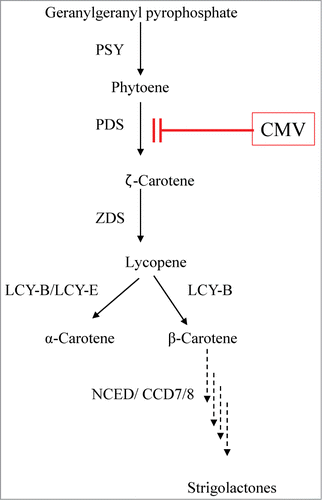Figures & data
Figure 1. Inhibition of β-carotene production in CMV-infected tobacco roots. Bars represent means of peak areas ± SE of the individual β-carotene as determined by HPLC in triplicate. Data were analyzed using JMP® software (version 4.0.3, SAS Institute Inc.).
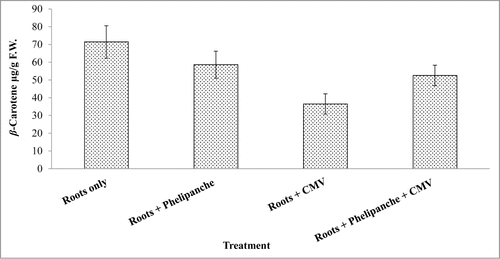
Figure 2. Evaluation of PDS gene expression in tobacco roots following infection with P. aegyptiaca and CMV. Gene-specific RT-PCR detection of PDS mRNA (upper part) from tobacco roots (line 1), tobacco roots infected with P. aegyptiaca (line 2), tobacco roots infected with CMV alone (line 3), tobacco roots infected with both CMV and P. aegyptiaca (line 4). Expression of an endogenous actin gene (159 bp) (lower part) was used as a positive control for RNA quality for all RNA samples.
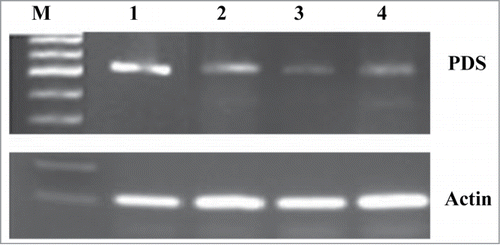
Figure 3. Effect of CMV-infected tobacco plants on P. aegyptiaca parasitization. Numbers of P. aegyptiaca (tubercles and shoots) parasitizing tobacco plants (bright columns), and numbers of the parasites parasitizing tobacco plants infected with both CMV and the parasite (dark columns). Bars represent means of 10 replicates and vertical lines indicate SE. Data were analyzed using JMP® software (version 4.0.3, SAS Institute Inc.). Averages were compared using Student's t test (with α = 0.05)
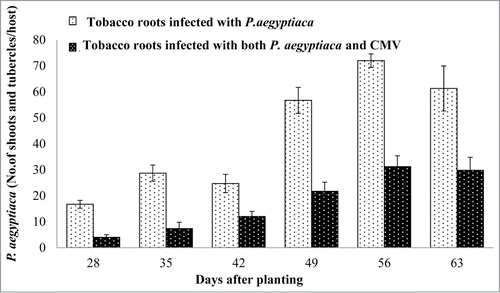
Figure 4. Development of the parasite Phelipanche aegyptiaca on CMV- infected Nicotiana tabacum L. (cultivars Samsun NN) and on healthy tobacco plants. (A) Nicotiana tabacum L. (left) is an uninfected plant and (right) is a CMV-infected Nicotiana tabacum L. plant. Arrows indicate Phelipanche aegyptiaca shoots. (B) Representative inflorescences of P. aegyptiaca grown on tobacco infected with CMV (left) and on control healthy tobacco (right). Pictures were taken 65 d after inoculation with Phelipanche seeds in a pot system. (C) Effect of CMV on the height of tobacco plants as compared with uninfected wild type (wt) plants.
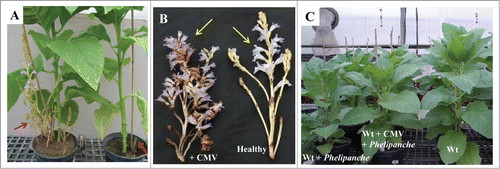
Figure 5. Effect of CMV-infected tobacco plants on the development of tobacco roots in a soil-based assay. Fresh weight measurement of tobacco host roots infected with P. aegyptiaca (bright columns) compared with host roots infected with both P. aegyptiaca and CMV (dark columns). Bars represent means of 10 replicates and vertical lines indicate SE. Asterisks above columns indicate a statistically significant effect between treatments. Data were analyzed using JMP® software (version 4.0.3, SAS Institute Inc.). Averages were compared using Student's t test (with α = 0.05).
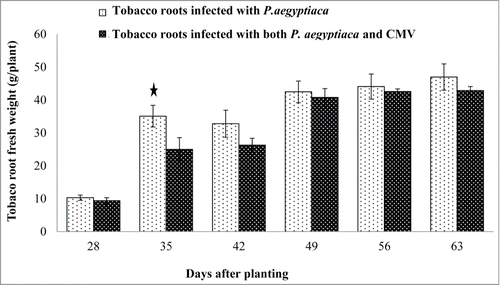
Figure 6. Schematic diagram showing carotenoid biosynthetic pathway in N. tabacum and site of action of CMV as inhibitor of PDS. PSY, phytoene synthase; PDS, phytoene desaturase; ZDS, ζ-carotene desaturase; LCY-B, β-cyclase; LCY-E, ϵ-cyclase; CCD, carotenoid cleavage dioxygenase; NCED, 9-cis-epoxycarotenoid dioxygenase; CMV block phytoene desaturase (PDS). The arrows represent enzymatic steps.
